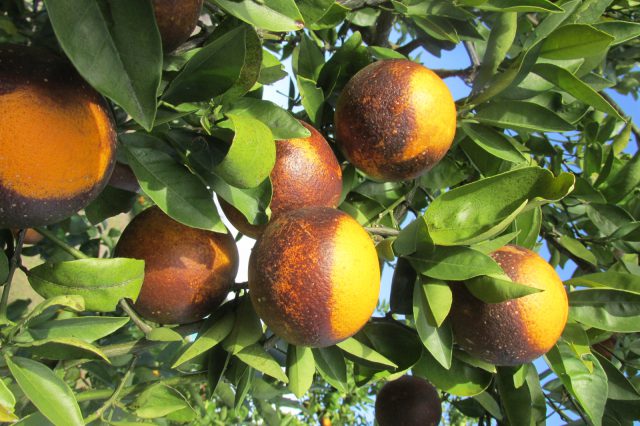
by Xavier Martini | Jan 5, 2018
Xavier Martini, Pete Andersen, UF/IFAS North Florida Research and Education Center In May 2017, Asian citrus psyllids (Diaphorina citri) were found in the experimental citrus grove at the Suwannee Valley Extension Center in Live Oak. The trees were quickly treated...
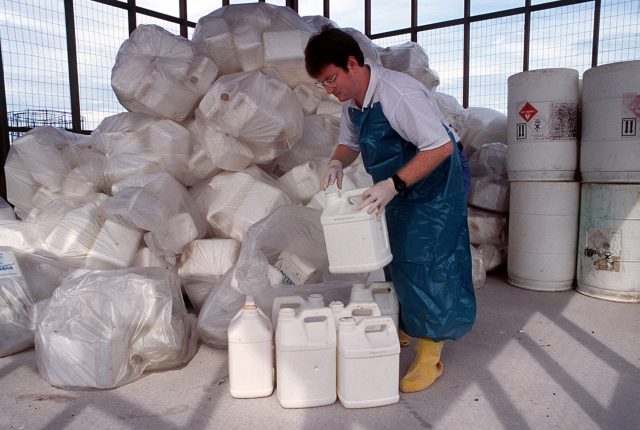
by Doug Mayo | Dec 15, 2017
The challenges of waste disposal is an area of growing concern in the US, particularly among farmers. The University of Florida is conducting survey research to explore how Florida farmers handle their waste and garbage. The statewide survey will track chemical...
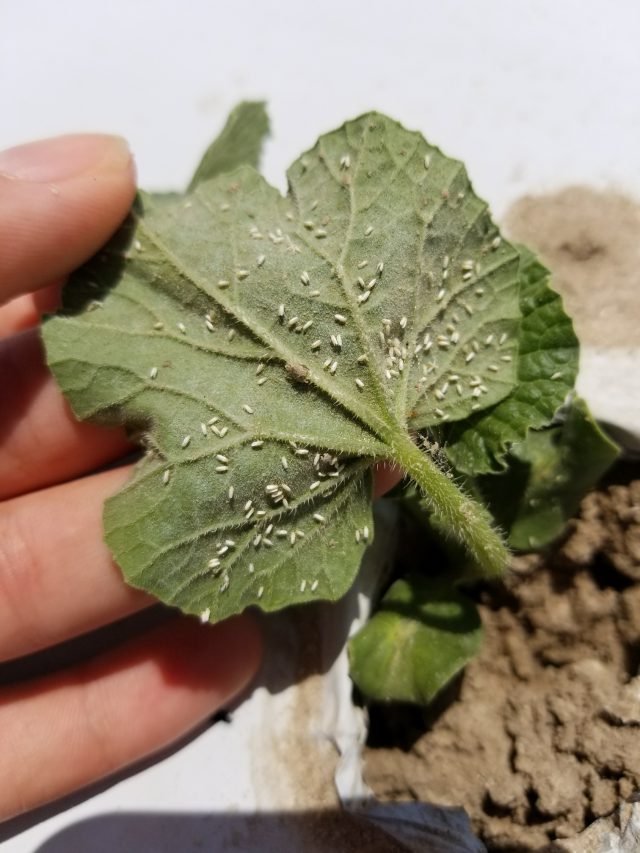
by Josh Freeman | Sep 15, 2017
As if the fall season wasn’t challenging enough from a pest and disease perspective, throw in a hurricane and it gets much worse. Luckily, the storm missed most of the Panhandle. Tomato and cucurbit producing areas in Gadsden and Jackson counties likely saw the...
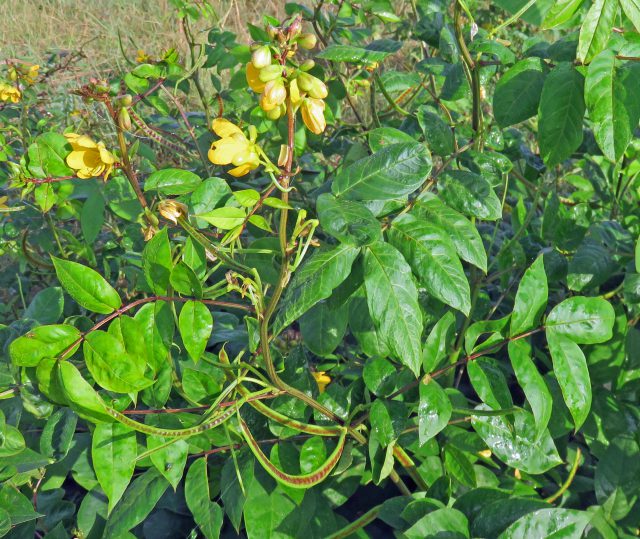
by Kalyn Waters | Sep 15, 2017
Coffee Senna is not only an issue for livestock producers, as seeds are toxic when consumed, it also causes issues for cotton and peanut farmers in the southern states. The scientific name Senna occidentalis comes from Arabic and Latin roots, with Senna meaning...
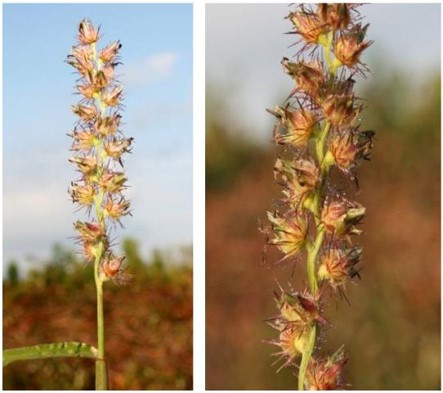
by Kalyn Waters | Aug 11, 2017
Across the Southern United States, Southern Sandbur (aka sandspur) can be found. It is an annual grass that grows in cropland and pastures, thriving in dry sandy soils. Southern Sandbur has a shallow fibrous root system and can easily invade poorly managed fields or...
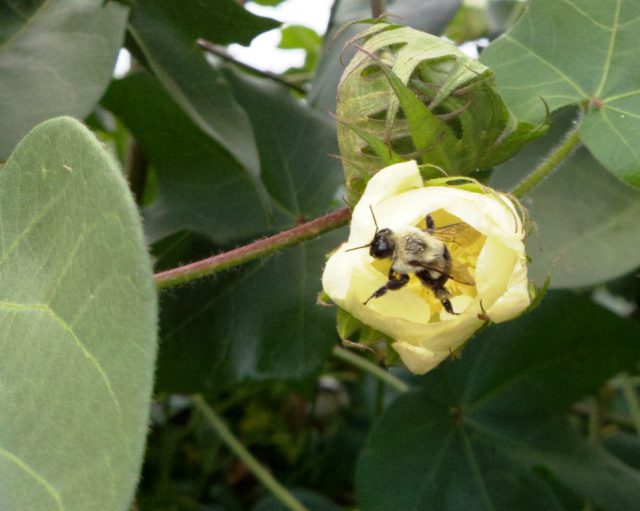
by Judy Biss | Aug 4, 2017
Overview On January 12, 2017, the Environmental Protection Agency (EPA) released its final “Policy to Mitigate the Acute Risk to Bees from Pesticide Products.” This policy outlines EPA’s label statements designed to mitigate acute risks to bees from pesticides. The...







